Editor's Picks
Articles
Latest
Most Viewed
Most Downloaded
Most Cited
Open Access
Review
Macrophages in the pathogenesis of monogenic muscular dystrophies: inflammation, fibrosis, and therapeutic implications
Jae Hyung Kim, Jea-Hyun Baek
Published: April 16, 2025 Explor Immunol. 2025;5:1003192
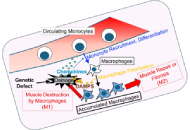
Open Access
Review
Diets for inflammatory bowel disease: impact on microbiome and immunomodulatory microbial metabolites
Hebe Mendez, Ger Rijkers
Published: April 08, 2025 Explor Immunol. 2025;5:1003191
This article belongs to the special issue The Nutritional Influence on Immune Functionality
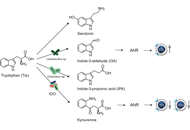
Open Access
Review
Neoantigen vaccines: advancing personalized cancer immunotherapy
Alaa A. A. Aljabali ... Lorca Alzoubi
Published: April 08, 2025 Explor Immunol. 2025;5:1003190
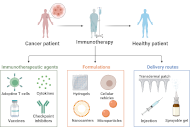
Open Access
Original Article
Predominant pro-inflammatory environment in mid-gestation pregnant women with history of recurrent pregnancy loss: a South Indian study
Rashmi Bhuwalka ... Parveen Jahan
Published: April 08, 2025 Explor Immunol. 2025;5:1003189
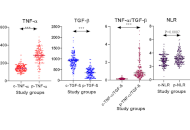
Open Access
Case Report
Erythema multiforme: distinguishing hypersensitivity reactions, drug allergy, or herpes simplex infection
Vesna Vukičević Lazarević
Published: March 20, 2025 Explor Immunol. 2025;5:1003188
This article belongs to the special issue Hypersensitivity Syndrome Reactions versus Allergy and Drug
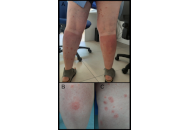
Open Access
Review
Role of ZEB1 in immune response, inflammation and membrane remodeling during neoplasia
Alicia Maria Reveles-Espinoza ... Alba Adriana Vallejo-Cardona
Published: March 20, 2025 Explor Immunol. 2025;5:1003187
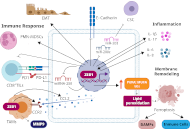
Open Access
Review
COVID-19 vaccine and immune response
Sevilay Hintistan, Hatice Demirağ
Published: December 31, 2021 Explor Immunol. 2021;1:341–355
This article belongs to the special issue Vaccine-induced Immune Responses Against SARS-CoV-2 Infections
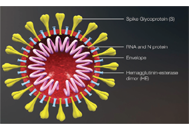
Open Access
Review
Exploring the possible link between the spike protein immunoglobulin G4 antibodies and cancer progression
Mikolaj Raszek ... Alberto Rubio-Casillas
Published: April 25, 2024 Explor Immunol. 2024;4:267–284
This article belongs to the special issue Old and New Paradigms in Viral Vaccinology

Open Access
Review
Rheumatoid arthritis: a complex tale of autoimmune hypersensitivity
Jihye Heo ... Jea-Hyun Baek
Published: June 20, 2024 Explor Immunol. 2024;4:358–375
This article belongs to the special issue Chronic Inflammation and Autoimmunity
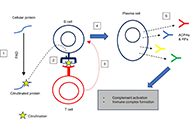
Open Access
Review
Immune responses induced by different vaccine platforms against coronavirus disease-19
Eknath D. Ahire, Sanjay J. Kshirsagar
Published: October 31, 2021 Explor Immunol. 2021;1:243–257
This article belongs to the special issue Vaccine-induced Immune Responses Against SARS-CoV-2 Infections
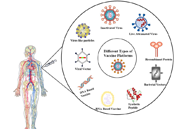
Open Access
Review
The role of interleukin-24 in atopic dermatitis
Yen Hai Vu ... Gaku Tsuji
Published: April 30, 2021 Explor Immunol. 2021;1:4–15
This article belongs to the special issue Cross Talk Among Skin Cells and Immune Cells
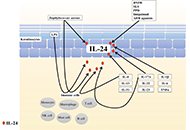
Open Access
Review
The influence of reproductive hormones on systemic lupus erythematosus
Ruchi Sachdeva, Rahul Pal
Published: June 07, 2022 Explor Immunol. 2022;2:351–362
This article belongs to the special issue Human Reproduction: Involvement of the Immune System
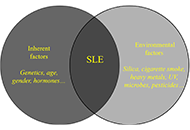
Open Access
Review
Exploring the possible link between the spike protein immunoglobulin G4 antibodies and cancer progression
Mikolaj Raszek ... Alberto Rubio-Casillas
Published: April 25, 2024 Explor Immunol. 2024;4:267–284
This article belongs to the special issue Old and New Paradigms in Viral Vaccinology

Open Access
Review
Chemokines and nanomaterials: interaction for useful immune-applications
Giuseppe Bardi
Published: August 31, 2022 Explor Immunol. 2022;2:637–647
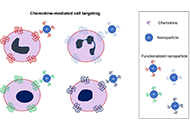
Open Access
Review
Immunology of biodegradable nanoparticles: a brief overview on a wide growing field
Anissa Pisani, Giuseppe Bardi
Published: April 30, 2021 Explor Immunol. 2021;1:48–60
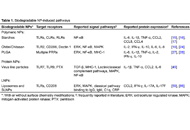
Open Access
Review
The role of interleukin-24 in atopic dermatitis
Yen Hai Vu ... Gaku Tsuji
Published: April 30, 2021 Explor Immunol. 2021;1:4–15
This article belongs to the special issue Cross Talk Among Skin Cells and Immune Cells

Open Access
Review
Crosstalk between keratinocytes and immune cells in inflammatory skin diseases
Xinhui Ni, Yuping Lai
Published: December 31, 2021 Explor Immunol. 2021;1:418–431
This article belongs to the special issue Cross Talk Among Skin Cells and Immune Cells
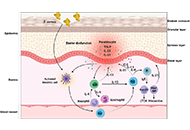
Open Access
Review
Interleukin-22 and keratinocytes; pathogenic implications in skin inflammation
Masutaka Furue, Mihoko Furue
Published: April 30, 2021 Explor Immunol. 2021;1:37–47
This article belongs to the special issue Cross Talk Among Skin Cells and Immune Cells
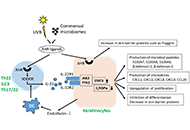
Open Access
Review
Allogeneic gamma delta T cells as adoptive cellular therapy for hematologic malignancies
Navdeep Jhita, Sunil S. Raikar
Published: June 07, 2022 Explor Immunol. 2022;2:334–350
This article belongs to the special issue Interplay of γδ T cells and Tumor Cells
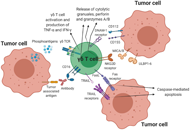
Open Access
Review
Crosstalk between keratinocytes and immune cells in inflammatory skin diseases
Xinhui Ni, Yuping Lai
Published: December 31, 2021 Explor Immunol. 2021;1:418–431
This article belongs to the special issue Cross Talk Among Skin Cells and Immune Cells

Open Access
Review
High avidity of vaccine-induced immunoglobulin G against SARS-CoV-2: potential relevance for protective humoral immunity
Georg Bauer
Published: March 16, 2022 Explor Immunol. 2022;2:133–156
This article belongs to the special issue Vaccine-induced Immune Responses Against SARS-CoV-2 Infections

Open Access
Review
Interplay between mesenchymal stromal cells and immune system: clinical applications in immune-related diseases
Panagiotis Mallis ... Catherine Stavropoulos Giokas
Published: June 30, 2021 Explor Immunol. 2021;1:112–139
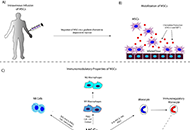
Open Access
Review
Immune responses induced by different vaccine platforms against coronavirus disease-19
Eknath D. Ahire, Sanjay J. Kshirsagar
Published: October 31, 2021 Explor Immunol. 2021;1:243–257
This article belongs to the special issue Vaccine-induced Immune Responses Against SARS-CoV-2 Infections

Open Access
Review
Endometriosis through an immunological lens: a pathophysiology based in immune dysregulation
Alison McCallion ... Chandrakant Tayade
Published: July 26, 2022 Explor Immunol. 2022;2:454–483
This article belongs to the special issue Human Reproduction: Involvement of the Immune System
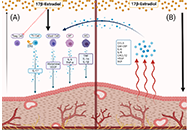
Special Issues
Ongoing Special lssues
Completed Special lssues
The Microbiome-Autoimmunity Axis: Mechanisms and Therapeutic Implications
Dr. Jixin Zhong
October 31, 2025
Published Articles: 0

Metabolic Control of Acute Immune Response
Dr. Didier Payen
August 31, 2025
Published Articles: 0

Immunogenetics of Chronic Illnesses
Dr. Apostolos P. Georgopoulos Dr. Lisa M. James
July 31, 2025
Published Articles: 0
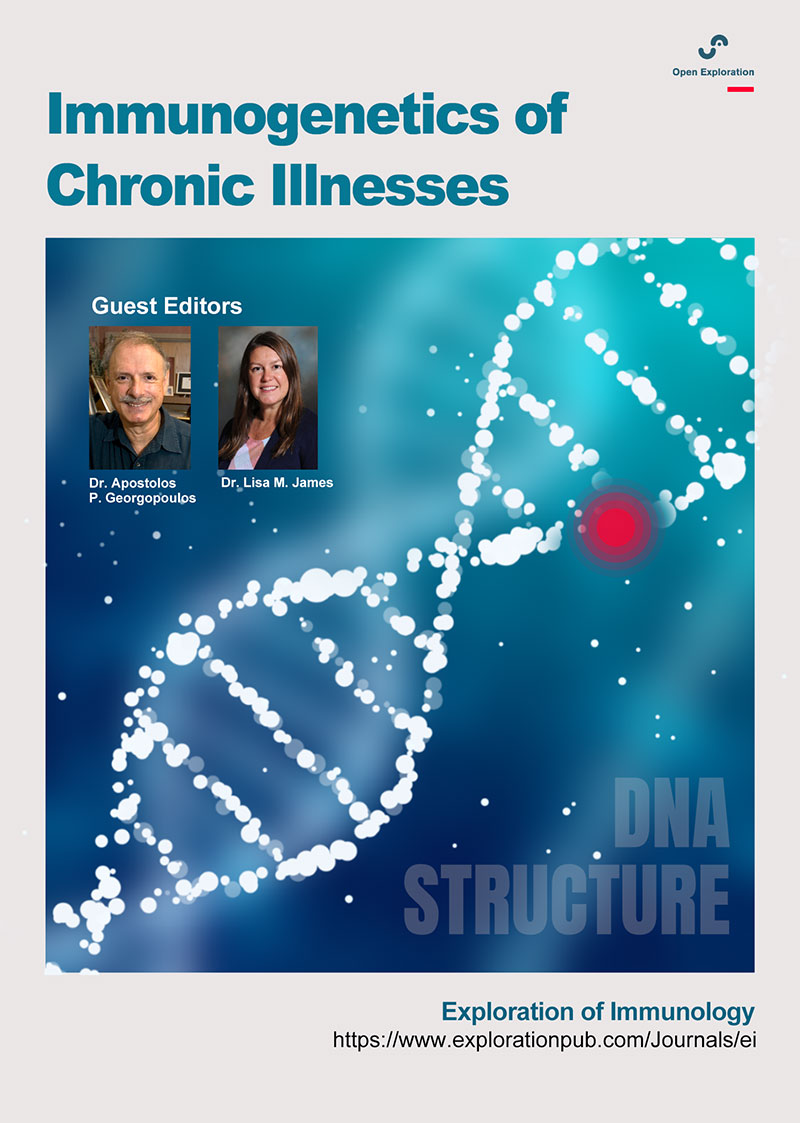
Advances and Novel Insights into Immunoinformatics
Dr. Diego A. Bonilla Dr. Roberto Cannataro Dr. Erika Cione
April 30, 2025
Published Articles: 0
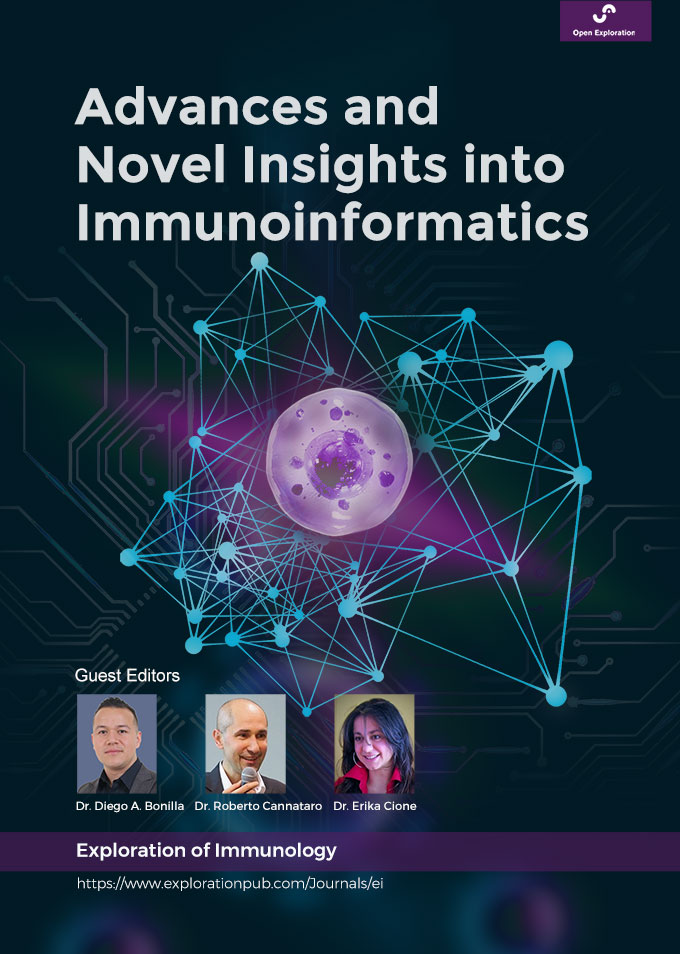
Immuno-Materials: at the interdisciplinary of immunology and materials
Dr. Wantong Song
June 30, 2025
Published Articles: 0

Immunology of Transplantation
Prof. Andrzej Lange
December 31, 2024
Published Articles: 0
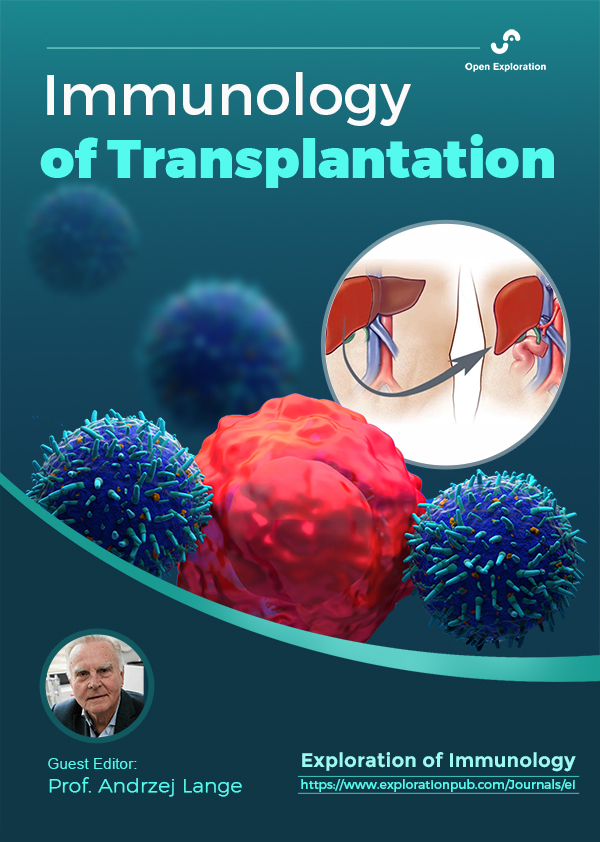
Novel Vaccines development for Emerging, Acute, and Re-emerging Infectious Diseases
Dr. Wenping Gong Dr. Ashok Aspatwar
December 31, 2024
Published Articles: 1

Advances in Cellular and Molecular Treatment of Autoimmune Diseases
Prof. Sofia Kossida
October 31, 2024
Published Articles: 2
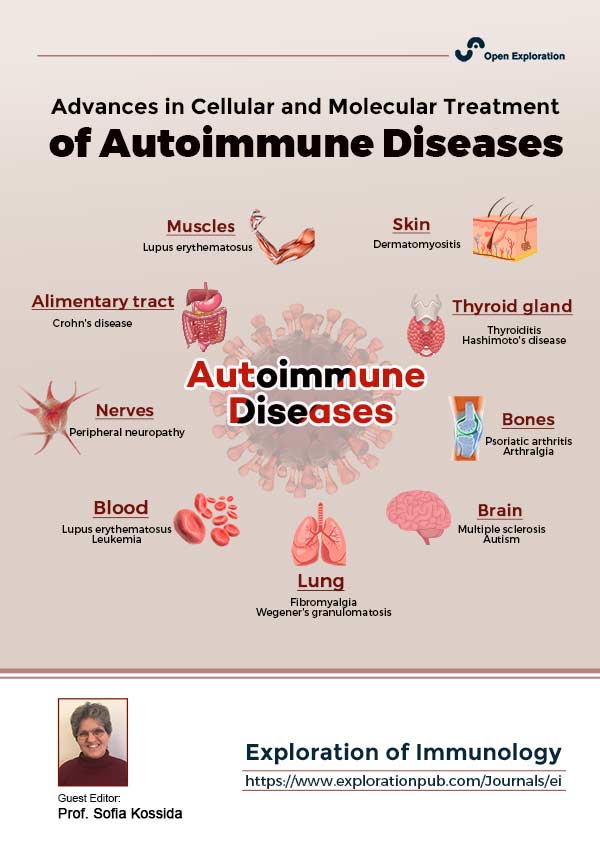
Crosstalk between Hematopoietic Stem Cells, Leukemic Cells and the Immune System
Prof. Pier Paolo Piccaluga
September 30, 2024
Published Articles: 0
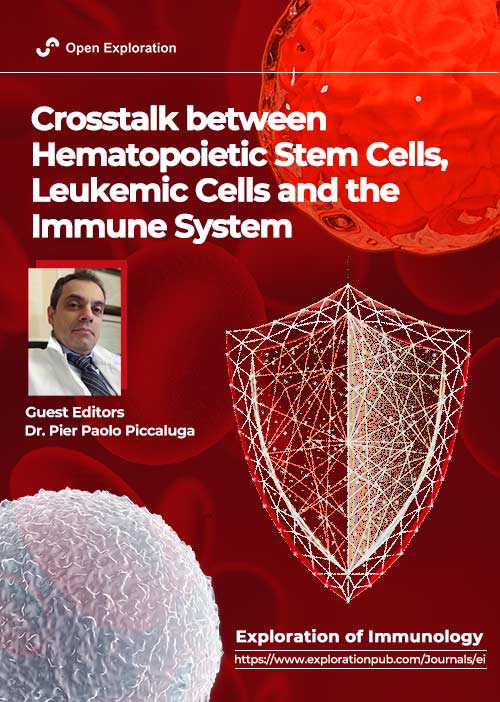
The Nutritional Influence on Immune Functionality
Dr. Lucia Malaguarnera
July 10, 2024
Published Articles: 2
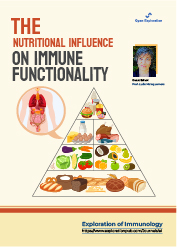
Hypersensitivity Syndrome Reactions versus Allergy and Drug
Dr. Manuela Neuman
August 31, 2024
Published Articles: 1
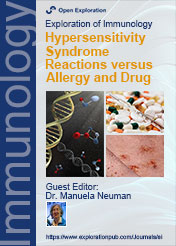
Immunology and Pain
Dr. Giustino Varrassi Dr. Matteo Leoni Dr. Martina Rekatsina
June 30, 2025
Published Articles: 5
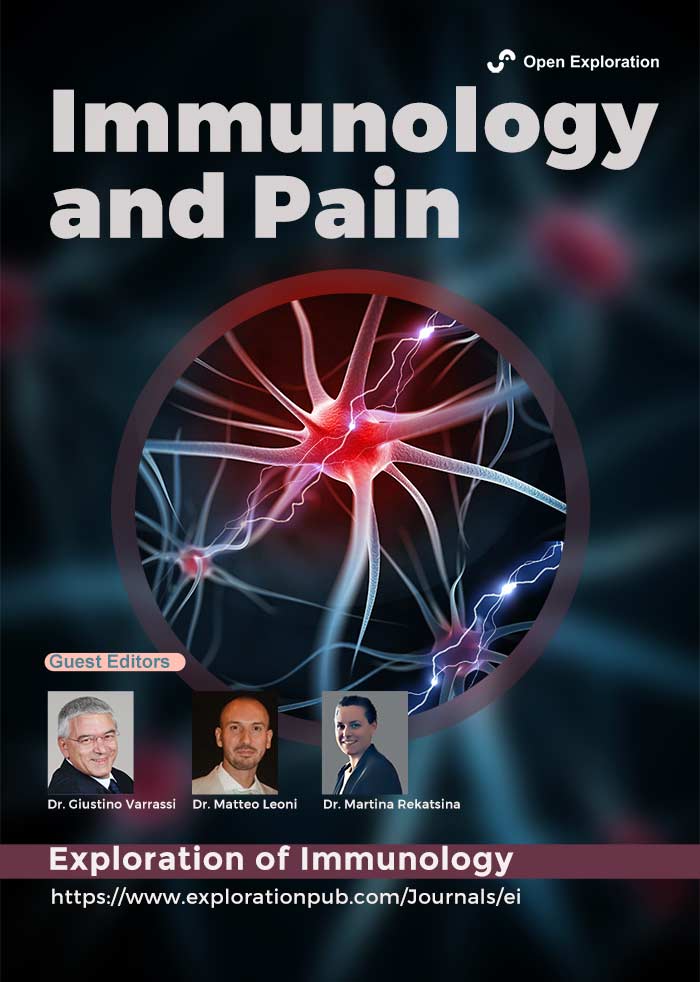
Immunogenetics in Diabetes and Cardiometabolic Diseases
Dr. Esma Isenovic Dr. Mirjana T. Macvanin
March 31, 2024
Published Articles: 1

The Role of Immune Checkpoint Molecules in Cancer and Hematological Malignancies
Dr. Yangqiu Li Dr. Cunte Chen
November 30, 2024
Published Articles: 3

HLA in Neural & Psychiatric Disorders
Dr. Franca Rosa Guerini Dr. Elisabetta Bolognesi
November 20, 2023
Published Articles: 0

Physical Activity and Immune System in Chronic Diseases : Mechanisms and Insights
Prof. Hassane Zouhal Prof. Ismail Laher
November 30, 2023
Published Articles: 2
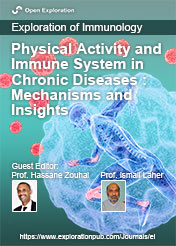
Immunobiology of Dendritic Cells
Dr. Jinming Han
August 31, 2024
Published Articles: 2
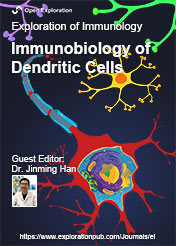
The Complement System in Health and Disease
Dr. Roberta Bulla Dr. Uday Kishore
April 10, 2024
Published Articles: 4

Autoantibodies Associated to Thrombosis and Hemostasis
Dr. Jean Amiral
February 28, 2023
Published Articles: 6

Immunosenescence: Mechanisms and Its Impact
Dr. Roberto Paganelli Dr. Tamas Fulop
February 28, 2023
Published Articles: 5
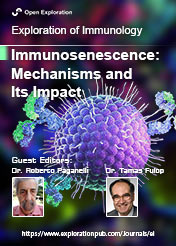
Bioinformatics, Big Data, AI: Exploring Immunology
Dr. Pierre-Antoine Gourraud
July 10, 2023
Published Articles: 3

Old and New Paradigms in Viral Vaccinology
Dr. Marc H.V. Van Regenmortel Dr. Vladimir N. Uversky
May 31, 2025
Published Articles: 10

Journal Information
Journal Indexing
Journal Metrics
Article Usage (total)
Views: 547,352
Downloads: 11,280







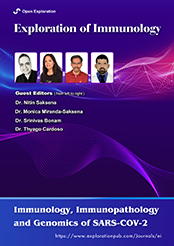


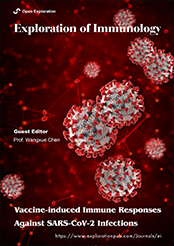









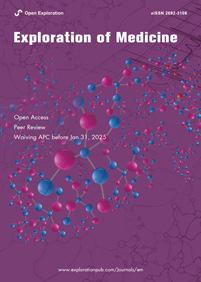
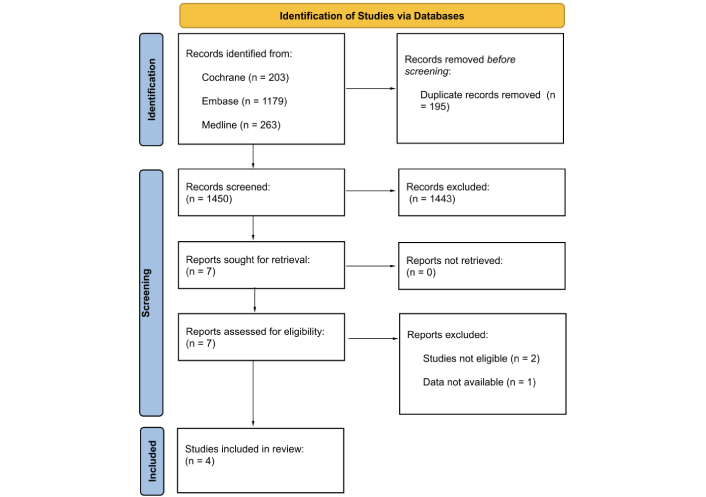 Title: Unravelling the interplaybetween #Harmattan wind andbaroreflex functions: implicationon environmental health andcardiovascular #pathophys
Title: Unravelling the interplaybetween #Harmattan wind andbaroreflex functions: implicationon environmental health andcardiovascular #pathophys


